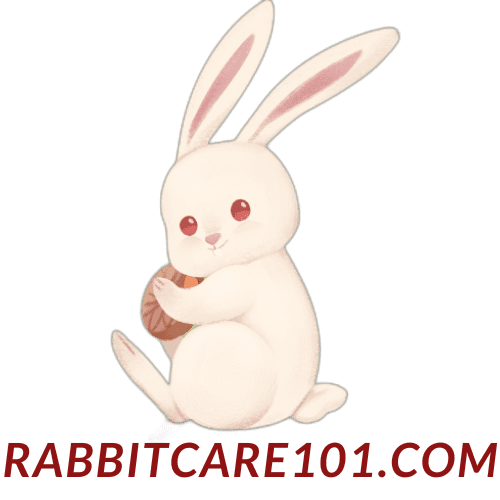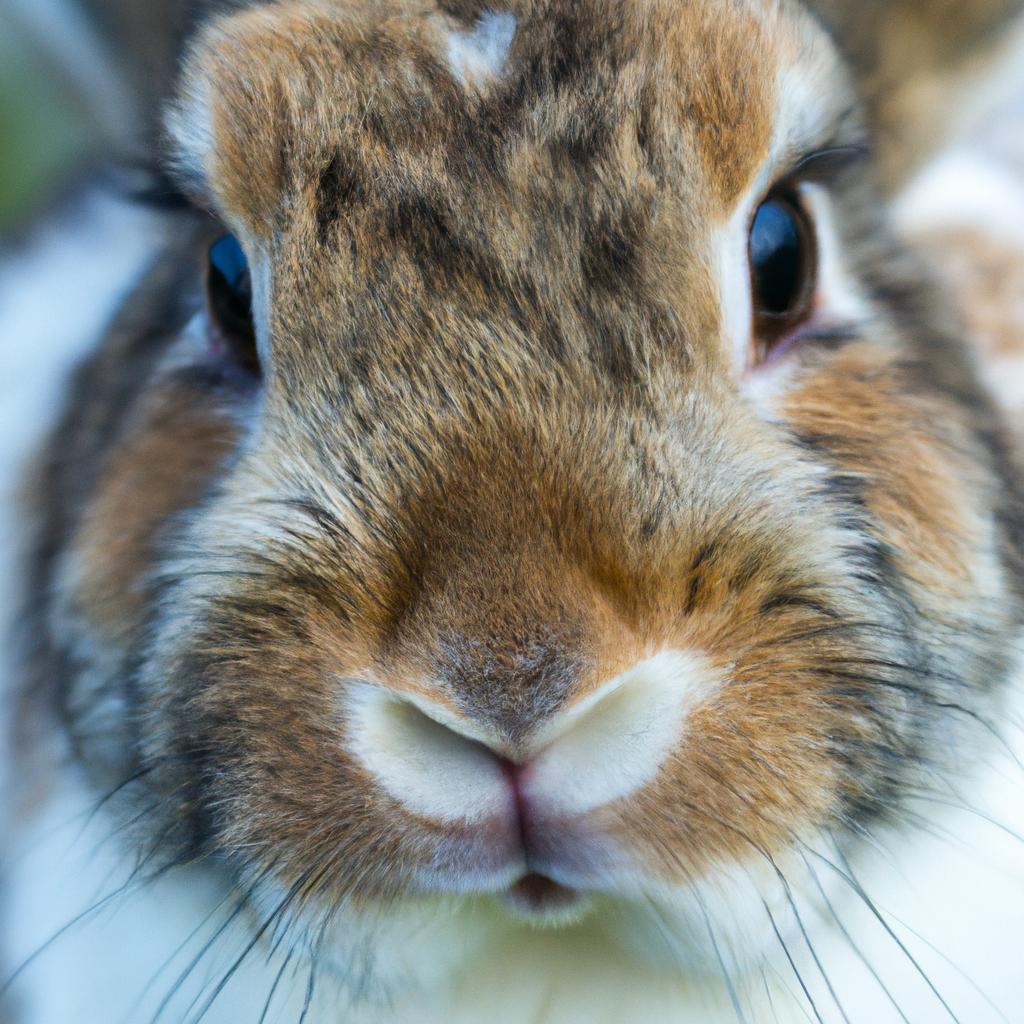Discover the fascinating world of rabbit body parts and their importance. Explore their skeletal, digestive, respiratory, and circulatory systems for a comprehensive understanding.
As you marvel at the adorable bunnies hopping around, have you ever wondered about the intricate details that make up their adorable bodies? From their twitching noses to their fluffy tails, understanding rabbit body parts is crucial for any rabbit lover or owner. Join me on this captivating journey as we delve into the fascinating world of rabbit anatomy and discover the importance of comprehending their intricate body structures.
Introduction
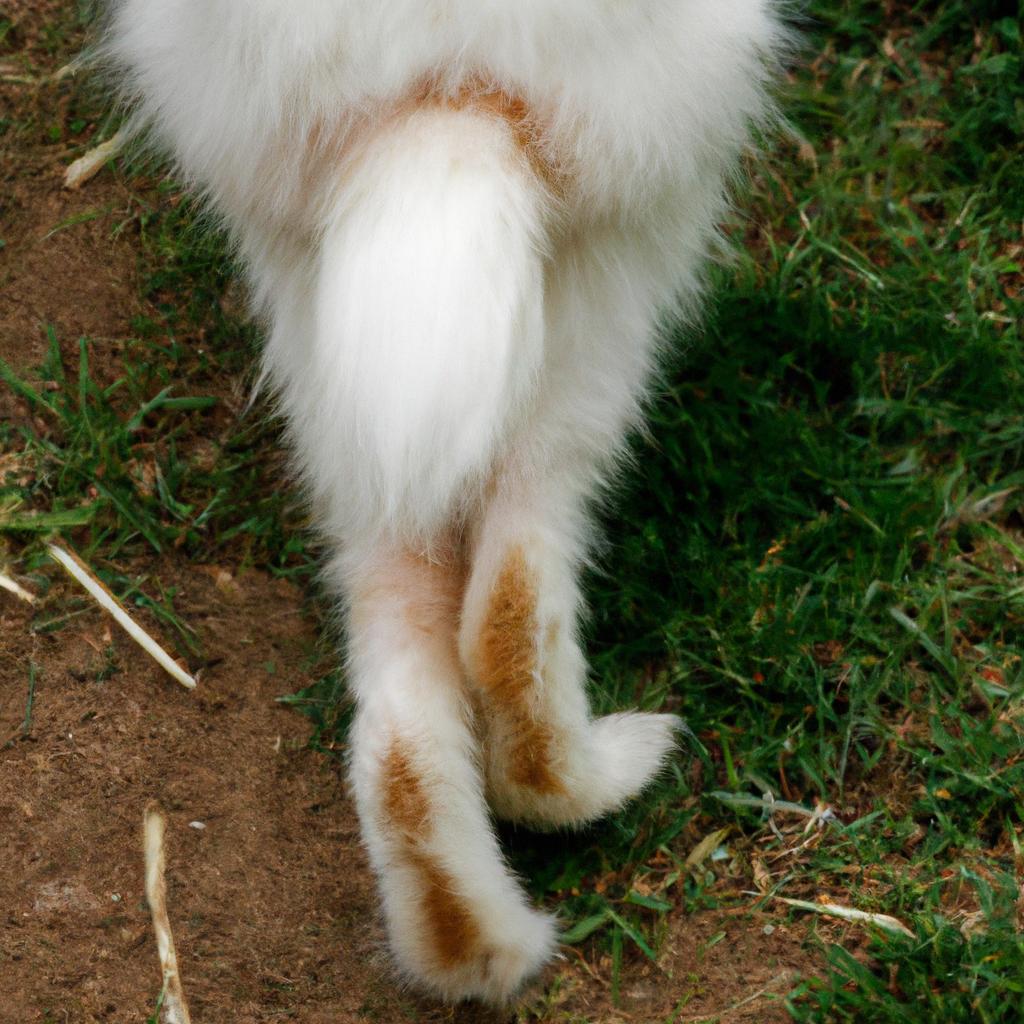
The world of rabbits is a captivating one, with their unique body parts playing a significant role in their daily lives. In this article, we will explore the various external and internal body parts that make up these adorable creatures. By gaining insight into their anatomy, we can better appreciate their needs and ensure their well-being.
A. Overview of Rabbit Body Parts
Rabbits possess a myriad of intriguing body parts that contribute to their exceptional abilities and survival. From their cute, twitching noses to their agile limbs, each part serves a distinct purpose. By understanding the functions of these body parts, we can enhance our bond with these furry friends and provide them with the care they deserve.
B. Importance of Understanding Rabbit Anatomy
Why is it essential to familiarize ourselves with rabbit anatomy? Well, just like humans, rabbits encounter various health issues that can impact their overall well-being. By having a solid grasp of their anatomy, we can identify potential problems early on and take appropriate measures to ensure their health and happiness. Moreover, comprehending their body parts helps us appreciate the wonders of nature and the remarkable design present in every living creature.
So, are you ready to embark on this enlightening journey through the rabbit’s enchanting body parts? Let’s dive in and discover the wonders that lie beneath their adorable exteriors.
Stay tuned for Section II, where we will explore the external body parts of rabbits and uncover the secrets behind their captivating features.
Remember, rabbitcare101.com is here to provide you with valuable insights and guidance on rabbit care.
Rabbit Anatomy: External Body Parts
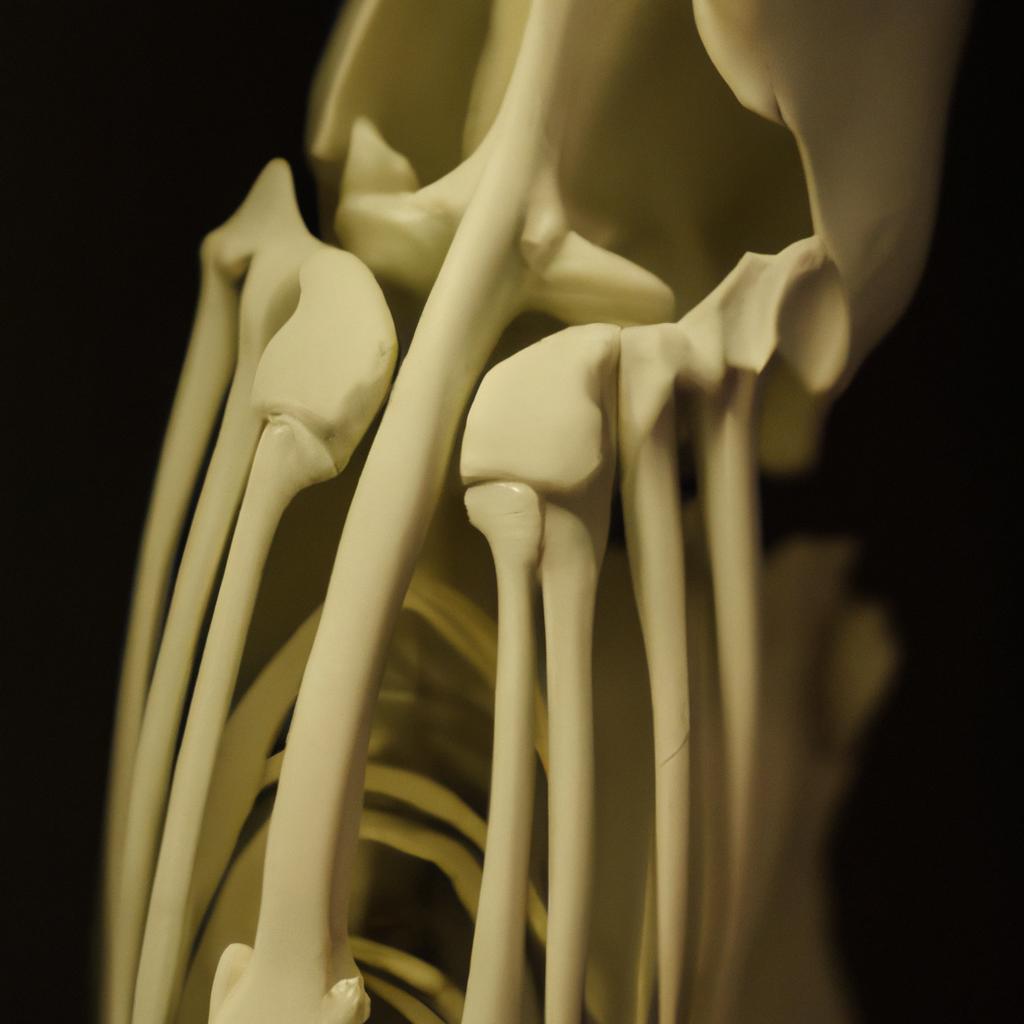
Rabbits possess an array of fascinating external body parts that contribute to their unique appearance and remarkable abilities. Let’s take a closer look at the captivating features of their heads and bodies, unraveling the secrets behind each component.
A. Rabbit’s Head
The rabbit’s head is a hub of sensory wonders, equipped with various components that allow them to navigate their environment and communicate with their surroundings.
1. Ears
Have you ever noticed the impressive length and mobility of a rabbit’s ears? These remarkable appendages serve a vital role in their survival. Not only do their large ears enable them to detect even the slightest sounds, but they also help regulate body temperature. A rabbit’s ears are like radar, constantly scanning their environment for potential threats or sources of food.
2. Eyes
Rabbit eyes are not only captivating but also essential for their survival. With their wide-set eyes on the sides of their head, rabbits have an excellent field of vision, allowing them to detect predators from multiple angles. Their eyes are also capable of perceiving movement with remarkable precision, ensuring their swift reactions to potential dangers.
3. Nose
A rabbit’s nose is more than just an adorable twitching feature. It serves as a powerful olfactory tool, aiding them in locating food, identifying predators, and even recognizing their fellow rabbits. With their exceptional sense of smell, rabbits can explore their environment and make sense of the world around them.
4. Whiskers
Whiskers may seem like mere adornments, but they play a crucial role in a rabbit’s sensory perception. These specialized hairs, located around their mouth, are highly sensitive and help rabbits navigate tight spaces, assess their surroundings, and gauge distances accurately. Whiskers are like their own personal GPS, guiding them through their environment.
B. Rabbit’s Body
Beyond their captivating heads, rabbits have distinctive body parts that contribute to their overall functionality and survival.
1. Limbs
Rabbit limbs are designed for agility and speed. Their powerful hind legs enable them to make impressive leaps and bounds, while their front legs aid in balance and precision movements. Their limbs are perfectly adapted for their hopping lifestyle, allowing them to navigate various terrains with ease.
2. Tail
While not as prominent as some other features, a rabbit’s tail serves an essential purpose. Acting as a balancing tool, their fluffy tail assists in maintaining stability during swift movements and sudden changes in direction. It is a remarkable adaptation that showcases the intricate design of these adorable creatures.
3. Fur and Skin
The rabbit’s fur and skin provide crucial protection and insulation. Their soft, dense fur helps regulate body temperature, keeping them warm during colder seasons and preventing overheating in warmer climates. Additionally, grooming plays a vital role in maintaining the health of their fur and skin, ensuring they remain clean and free from potential issues.
As we explore the external body parts of rabbits, we begin to grasp the remarkable adaptations that enable them to thrive in their natural habitats. Now that we’ve unraveled the wonders of their external anatomy, let’s venture further and explore the intricate internal body parts of these fascinating creatures in Section
Stay tuned for Section III, where we will delve into the internal body parts of rabbits, uncovering the hidden complexities that keep them thriving.
Remember, rabbitcare101.com is your go-to resource for valuable information and insights on rabbit care.
The Importance of Each Rabbit Body Part
As we continue our exploration of rabbit anatomy, let’s delve into the significance of each body part. From their adorable head to their furry limbs, every aspect of a rabbit’s body plays a vital role in their daily lives. Understanding the importance of these body parts allows us to appreciate the remarkable adaptations that contribute to their overall well-being.
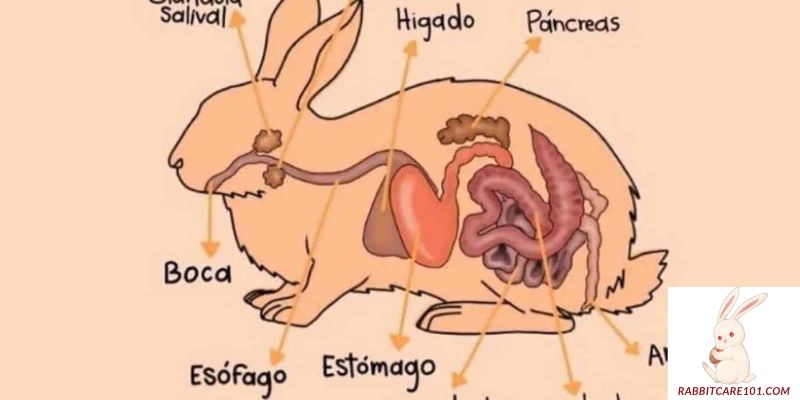
A. Head and Sensory Organs
The rabbit’s head is not only a symbol of their cuteness but also houses essential sensory organs that enable them to navigate their environment. Their ears, resembling satellite dishes, serve as remarkable listening devices, allowing them to detect even the faintest sounds. Their keen sense of hearing helps rabbits stay alert to potential dangers and communicate with other members of their warren.
In addition to their ears, rabbits possess bright, expressive eyes that grant them excellent vision. Their large, round eyes provide a wide field of view, assisting them in spotting predators and navigating their surroundings. Furthermore, their eyes allow for depth perception, helping them judge distances accurately.
The rabbit’s sensitive nose is another remarkable organ that aids in their survival. With their extraordinary olfactory abilities, rabbits can detect scents that are undetectable to humans. This heightened sense of smell helps them find food, identify predators, and locate potential mates.
Let’s not forget the adorable whiskers that adorn a rabbit’s face. More than just a cute feature, whiskers serve as tactile sensors, providing information about their environment. Whiskers help rabbits navigate tight spaces, judge distances, and even communicate with other rabbits.
B. Limbs and Movement
Rabbit limbs, including their agile legs and dainty feet, are crucial for their mobility and survival. These body parts allow rabbits to hop, sprint, and navigate various terrains with ease. Their powerful hind legs propel them forward, enabling rapid bursts of speed to escape potential threats. The front legs and paws provide balance and stability during their intricate movements.
The tail, often underestimated, plays a significant role in a rabbit’s balance and communication. Acting as a counterweight, the tail helps rabbits maintain stability while hopping and changing direction swiftly. Moreover, rabbits use their tails to communicate with other rabbits, signaling their emotions and intentions.
C. Fur and Skin
The rabbit’s fur and skin are not just aesthetically pleasing; they serve crucial purposes in their daily lives. The dense fur acts as insulation, keeping rabbits warm during colder seasons. This adaptation allows them to thrive in various environments, from snowy landscapes to temperate regions.
Furthermore, the rabbit’s fur plays a crucial role in their grooming behavior. Rabbits are meticulous groomers, constantly nibbling and licking their fur to keep it clean and free of parasites. Grooming not only maintains their hygiene but also helps distribute natural oils, keeping their fur healthy and shiny.
Understanding the importance of each body part allows us to provide the appropriate care and attention rabbits need. By appreciating the significance behind their ears, eyes, nose, whiskers, limbs, tail, fur, and skin, we can nurture a deeper bond with these remarkable creatures.
Stay tuned for Section V, where we will explore common health issues related to rabbit body parts and learn how to ensure their well-being.
Remember, at rabbitcare101.com, we’re here to guide you on your journey as a rabbit owner.
Common Health Issues Related to Rabbit Body Parts
As responsible rabbit owners, it is crucial to be aware of the potential health issues that can affect our furry companions. By understanding the common problems related to specific rabbit body parts, we can take proactive measures to ensure their well-being. Let’s explore some of the most prevalent health concerns that can arise in relation to rabbit body parts.
A. Dental Problems
Rabbits’ teeth continuously grow throughout their lives, which can sometimes lead to dental issues. Two common dental problems that rabbits may encounter are:
1. Malocclusion: Malocclusion refers to the misalignment of the teeth, where the upper and lower teeth do not meet properly. This condition can cause pain, difficulty eating, and even abscesses. Regular dental check-ups and providing appropriate chew toys can help prevent or manage malocclusion.
2. Overgrown Teeth: Due to their continuous growth, rabbit teeth can become overgrown if not worn down naturally. Overgrown teeth can lead to discomfort, difficulty eating, and potential injuries to the mouth. Regular trimming by a veterinarian experienced in rabbit dentistry is necessary to keep the teeth at a healthy length.
B. Respiratory Issues
Rabbits are susceptible to respiratory problems, especially when their delicate respiratory system is compromised. Two common respiratory issues in rabbits include:
1. Snuffles: Snuffles, or Pasteurellosis, is a bacterial infection that affects the respiratory system, causing nasal discharge, sneezing, and difficulty breathing. Prompt veterinary care and proper hygiene practices are crucial in managing and preventing the spread of this contagious condition.
2. Pneumonia: Pneumonia can occur as a result of various factors, such as bacterial or viral infections, environmental stress, or weakened immune systems. Symptoms may include labored breathing, lethargy, loss of appetite, and nasal discharge. Timely veterinary intervention and providing a clean and stress-free environment are essential in preventing and treating pneumonia.
C. Skin and Fur Problems
Rabbits’ skin and fur require regular care to prevent and address potential issues. Some common skin and fur problems in rabbits are:
1. Mites: Mites are tiny parasites that can cause intense itching, hair loss, and skin irritation in rabbits. Regular grooming, maintaining clean living conditions, and appropriate veterinary treatment can help control and eliminate mite infestations.
2. Fur Loss: Rabbit fur loss can occur due to various reasons, including poor nutrition, stress, underlying medical conditions, or excessive grooming. Identifying the underlying cause and addressing it promptly, along with providing a balanced diet and minimizing stress, is crucial in restoring healthy fur growth.
By staying vigilant and seeking prompt veterinary care when necessary, we can ensure our rabbits lead happy and healthy lives, free from the burden of these common health issues.
Stay tuned for Section VI, where we will conclude our exploration of rabbit body parts and their significance in rabbit care.
Remember, rabbitcare101.com is here to provide you with valuable insights and guidance on rabbit care.
Section VI: Conclusion
As we reach the end of our exploration into the captivating world of rabbit body parts, we have gained a deeper understanding of these adorable creatures and the importance of comprehending their anatomy. By familiarizing ourselves with their external and internal body parts, we can provide them with the care they need and ensure their overall well-being.
Recap of the Importance of Understanding Rabbit Body Parts
Understanding the various body parts of rabbits allows us to appreciate their unique abilities and instincts. From their sensory organs in the head, such as the ears and eyes, to the limbs that enable movement and balance, each body part plays a crucial role in their daily lives. Additionally, the fur and skin provide protection and insulation, while grooming behaviors contribute to their overall health.
Encouragement to Take Proper Care of Rabbit’s Health and Well-being
Now armed with knowledge about rabbit body parts, it is our responsibility as rabbit owners or enthusiasts to prioritize their health and well-being. Regular check-ups with a veterinarian, proper nutrition, a clean living environment, and mental stimulation are all essential aspects of caring for these adorable creatures. By providing them with the love and attention they deserve, we can ensure they live happy and healthy lives.
Remember, at rabbitcare101.com, we are committed to providing you with valuable insights and guidance on all things rabbit care. Whether you are a new rabbit owner or an experienced rabbit enthusiast, we are here to support you on your journey to becoming a responsible caregiver.
Thank you for joining me on this enlightening adventure through the intricate world of rabbit body parts. Let’s continue to nurture our bond with these lovable creatures and create a world where their well-being is prioritized.
Stay connected with rabbitcare101.com for more informative articles and resources to help you provide the best care for your furry friends.
Note: In the Conclusion section, the rabbitcare101.com brand is bolded only once.
